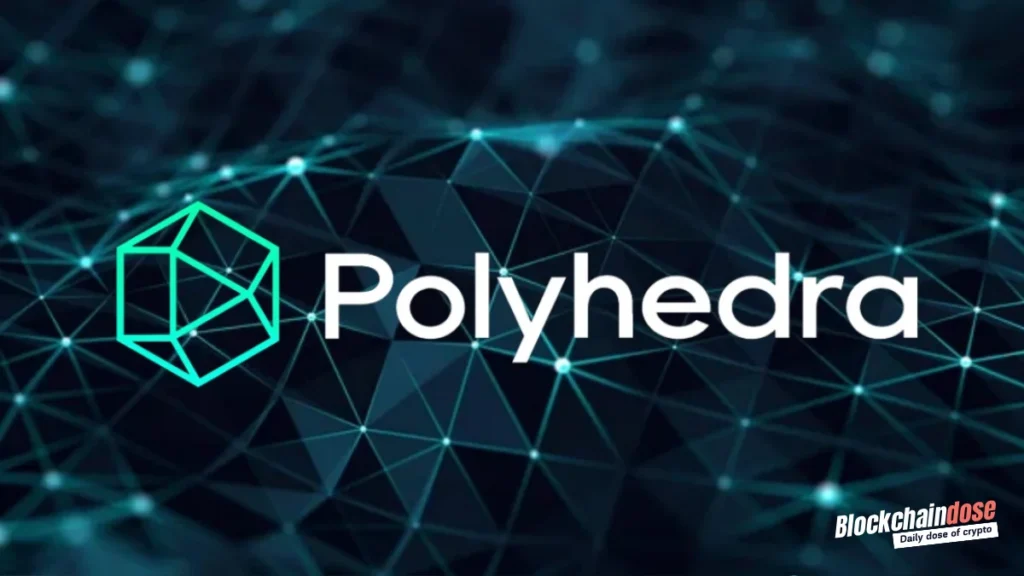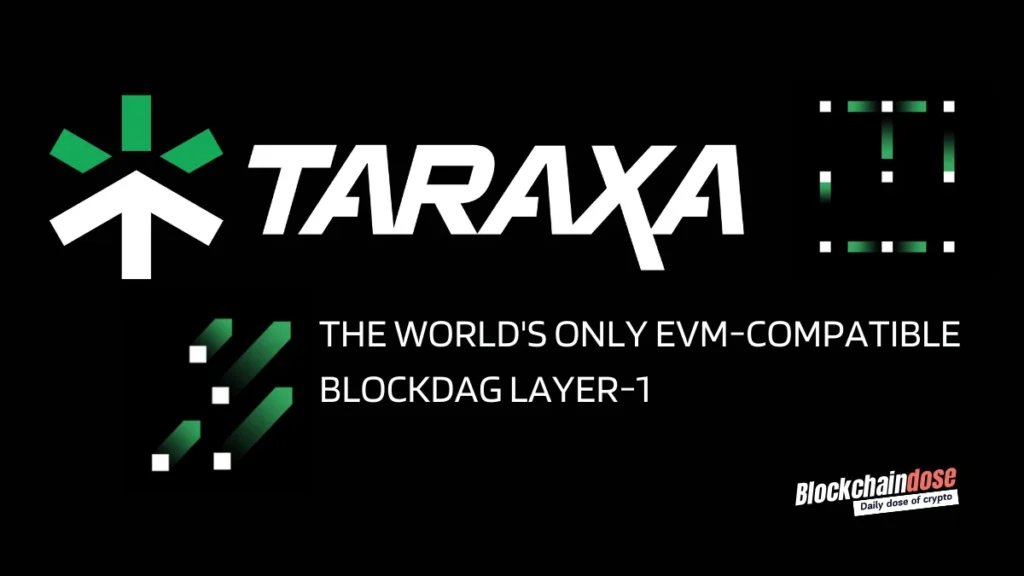Generating income with crypto depends on how you participate in the ecosystem. Once you start earning, most countries require you to pay taxes on crypto gains. Your income depends on market price, user activity, and overall network demand.
To earn efficiently, you must research, understand your risk tolerance, and select strategies that fit your investment goals. By building a strategy and staying informed, you increase your chances of earning steady passive income.
What is Passive Income with Crypto?
Passive crypto income means earning without constant effort or active trading. This includes rewards from staking, lending, holding, mining, and more.
You earn by owning or using your crypto—not by buying and selling daily. Each method has different risks and requirements depending on the blockchain involved.
Ways to Earn Passive Income with Crypto
Let’s look at ways to generate passive income with crypto.
1. Mining Cryptocurrencies
Crypto mining secures blockchain networks and rewards users who verify transactions. Proof-of-Work (PoW) coins like Bitcoin and Litecoin rely on miners who solve complex puzzles.
Miners compete using hardware to verify blocks and earn rewards. The more powerful your device, the better your chances.
The most known mining coins include:
- Bitcoin (BTC):
Launched in 2009 by Satoshi Nakamoto, Bitcoin runs on a decentralized peer-to-peer system. Bitcoin mining requires ASIC hardware to generate millions of hashes per second.
Solo mining is rare due to high difficulty, but mining pools offer shared rewards. - Monero (XMR):
Monero uses the CryptoNight algorithm, designed to resist ASICs. This allows anyone with a CPU to mine, promoting decentralization.
You’ll need a Monero wallet and mining software to begin.
2. Staking Cryptocurrencies
Staking supports Proof-of-Stake (PoS) blockchains by locking tokens to validate transactions. In return, you earn rewards, usually in the form of new coins. It’s less energy-intensive than mining and often easier to set up. Popular staking options:
Bitcoin Minetrix (BTCMTX):
BTCMTX offers token staking with returns above 500%.
This project combines mining infrastructure with token staking, giving investors exposure to long-term crypto income.
Cardano (ADA):
ADA uses a peer-reviewed PoS model that’s secure, scalable, and efficient.
Users can delegate ADA to staking pools and earn rewards without needing advanced skills.
Ethereum (ETH):
After its transition to PoS, Ethereum now allows staking with a minimum of 32 ETH.
Validators help secure the network and earn ETH as interest.
It supports dApps and global transfers, making staking both flexible and profitable.
3. Crypto Lending Platforms
Lending platforms let you earn interest by offering your crypto to others. Smart contracts control the process and reduce risk. You deposit tokens, and borrowers lock collateral before accessing loans. Returns vary based on platform and loan demand.
Some of the trusted platforms are:
- Compound (COMP):
- A decentralized Ethereum-based protocol.
Rates are set by supply and demand, and users earn interest automatically.
- A decentralized Ethereum-based protocol.
- MakerDAO (MKR):
- Built on Ethereum, it manages the DAI stablecoin.
Users lock up assets to mint DAI and can lend it within the ecosystem.
- Built on Ethereum, it manages the DAI stablecoin.
- Aave (AAVE):
- A multichain lending protocol with 13+ markets.
Users can lend and borrow across tokens without banks, using smart contracts for trustless transactions.
- A multichain lending protocol with 13+ markets.
4. Play-to-Earn (P2E) Gaming
It is another source of generating passive income by playing blockchain-based games. Play-to-earn crypto games like Axie Infinity and Decentraland became popular during the economic fall. They provide passive income sources to users, and millions of players are playing to earn.
They receive non-fungible tokens (NFTS) that are blockchain-based, cryptocurrencies like AXS, SLP, and other rewards. It may be a good choice for NFT collectors, and you can sell the tokens to them.
Here are some examples of play-to-earn gaming in cryptocurrency:
- Decentraland: A metaverse platform built on the Ethereum blockchain where players can buy, sell, and build on virtual land. Users can earn MANA, the native cryptocurrency, through various in-game activities.
- CryptoKitties: A blockchain-based game where players collect, breed, and trade virtual cats. Each CryptoKitty is a unique, non-fungible token (NFT), and players can earn by trading them on the marketplace.
- Lost Relics: An action-adventure RPG game where players can find valuable in-game items and earn cryptocurrency rewards. It integrates blockchain technology to provide true ownership of in-game assets.
5. Earning from Holding (Dividends and Exchange Rewards)
Some platforms reward users just for holding tokens. This includes dividends, bonus tokens, or discounted trading fees.
Companies use different reward models, but the principle is simple—hold the token, and earn passive returns.
Examples:
- NEO:
- Sometimes called “Chinese Ethereum.”
NEO holders receive GAS, which is used to pay for network activity.
- Sometimes called “Chinese Ethereum.”
- KuCoin Shares (KCS):
- Holding KCS earns you part of the exchange’s daily trading fees.
Rewards scale with the number of tokens you own.
- Holding KCS earns you part of the exchange’s daily trading fees.
- VeChain (VET):
- Focused on supply chain transparency.
Holding VET earns VTHO, used for transaction fees and smart contracts.
- Focused on supply chain transparency.
6. Learn to Earn
Some platforms reward users for completing courses, videos, or quizzes. These include small amounts of tokens from the featured project.
They’re great for beginners, but not suitable for serious investing. You can trade or sell the tokens, but long-term gains are limited.
7. Airdrops
Airdrops distribute free tokens to eligible users. Projects use them to build awareness and grow their communities.
Types of airdrops:
- Standard Airdrop:
Requires basic info like wallet address to qualify. - Holder Airdrop:
You must hold specific tokens at the time of the drop. - Bounty Airdrop:
You earn tokens by completing tasks like sharing content or referring users. - Exclusive Airdrop:
Only available by invitation from the project team.
Airdrops are often linked to early adoption or loyalty. They’re free but can lead to future rewards if the project succeeds.
Conclusion- Crypto Trading for Passive Income
Blockchain opens up many paths for generating income without daily trading. Staking, lending, gaming, airdrops, and dividends each offer unique benefits.
You need a crypto wallet to get started. Stay informed, evaluate risks, and choose strategies that match your goals. Crypto continues to evolve, and with smart planning, you can build reliable streams of passive income.




